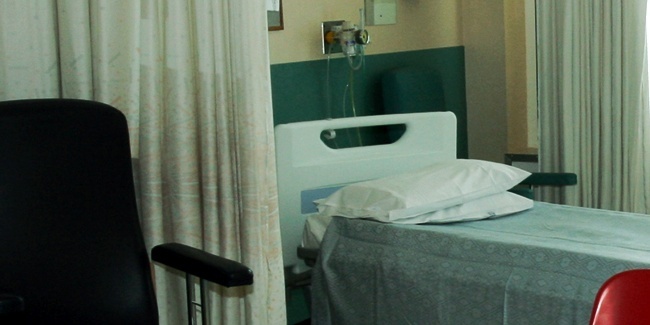New figures which appear to show Scottish lung cancer patients face a treatment “postcode lottery” have sparked concern in Fife.
An official audit reveals fewer than half of lung cancer patients in Fife are receiving “active treatment” compared to 70% in Tayside and well over 80% in Grampian.
The average across Scotland is 64.6%.
Within Fife just 49.8% of lung cancer patients receive active treatment comfortably the lowest total in Scotland leading to fears locals could be on the receiving end of a “sub-standard” service.
Meanwhile, only one in 10 local sufferers go on to get surgery.
NHS Fife’s medical director, Dr Brian Montgomery, was quick to dismiss any concern, insisting the figures are “misleading.” He said active treatment is not always appropriate, and local patients routinely receive the best possible advice.
However, among those concerned by the statistics is the chairman of Fife Council’s social work and health committee, Tim Brett.
He is not jumping to any conclusions but has demanded an explanation for the differences.
“I will be writing to the medical director and asking if further work can be done to identify the reasons for this disparity,” the councillor told The Courier.
“Some patients be going across the water to Ninewells for treatment and I am not sure if that may go some way to explaining it. However, I am concerned to see these figures.
“We need to look into the reasons for them to make sure the people of Fife are getting the best possible treatment,” Mr Brett added.
The statistics are contained within the NHS’s newly-released National Lung Cancer Audit.
Dr Michael Peake, consultant and clinical lead for the audit, said the disparity was a cause for concern but insisted services for sufferers were, on the whole, improving.
“While the data illustrates an improvement in services it also highlights that there are still areas of the country where patients are at risk of receiving sub-standard care,” Dr Peake said.
“We call on hospitals in these areas to support the audit and use the data to raise the standards of care.”Cross-border divideWhile the proportion of patients receiving treatment in Scotland compares well to England, the number being offered surgery lags behind.
Dr Peake insists the difference between mere treatment and surgery is significant as the latter offers the best hope of an ultimate cure.
In Fife, 10% of lung cancer patients receive surgery. The figure for Tayside is 9.8%, just below the national average of 11%. In England, 14% of patients receive surgery.
It is understood the audit team is now planning to probe survival rates in the UK’s various regions.
Dr Montgomery moved to reassure Fifers.
“The National Lung Cancer Audit shows that case ascertainment the number of cases recorded as a proportion of those expected in Fife was higher than any board area in Scotland at 114%,” he said.
“In other words, we identify more cases than average. However, the evidence also suggests that a higher proportion of patients present with advanced-stage lung cancer in Fife in comparison to other areas of Scotland.
“In other words, they present later in the course of the disease. Some active treatment options such as major surgery may not be appropriate for patients with late-stage lung cancer simply because of the advancement of their condition.
“NHS Fife’s clinical teams ensure that treatment offered is appropriate for the patient.
“The choices doctors make with their patients are not about limiting treatment, but of giving the most appropriate treatment for each individual.”
